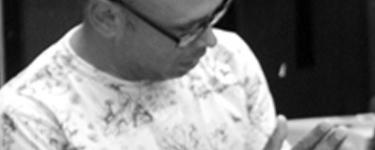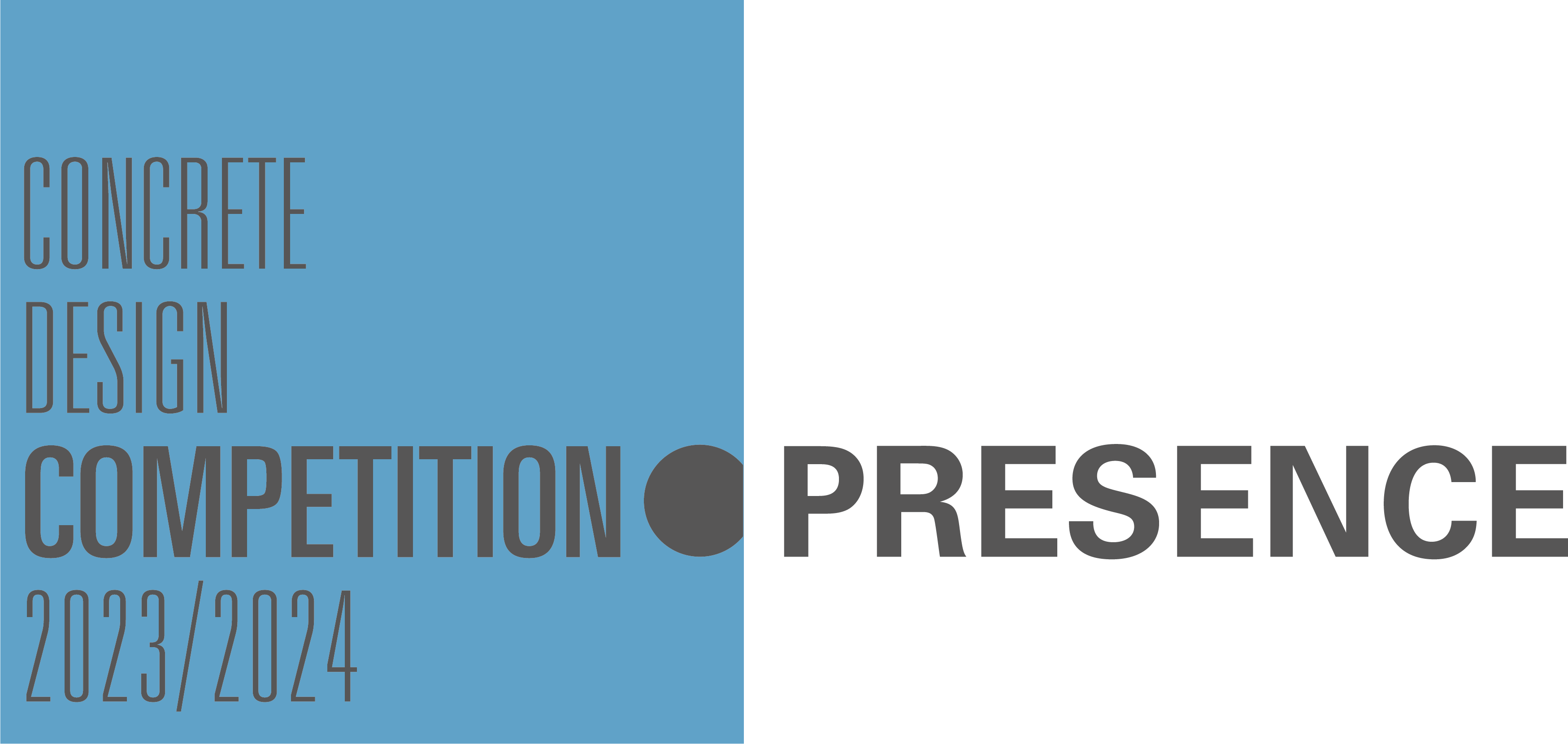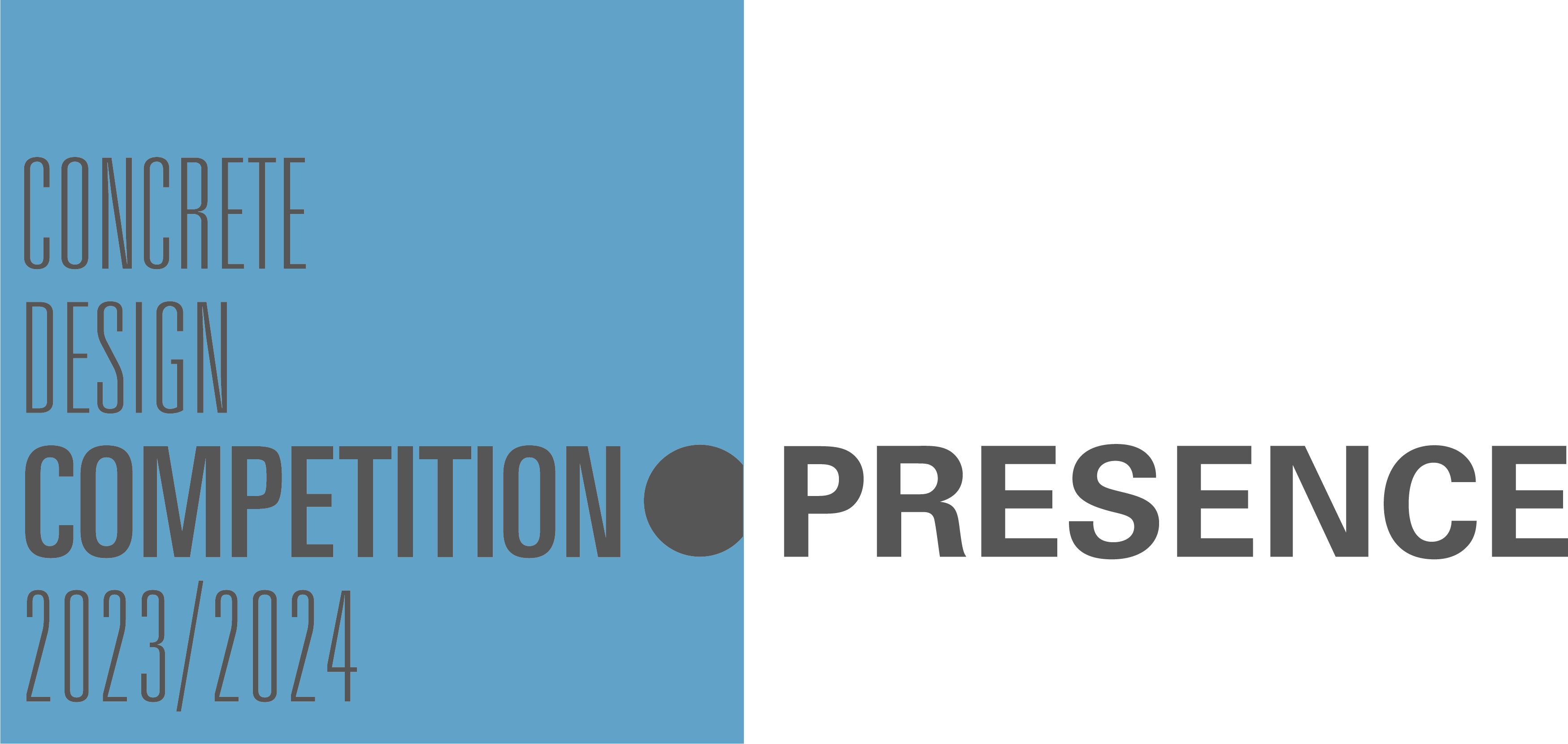Elegance
1: a refined quality of gracefulness and good taste
2: a quality of neatness and ingenious simplicity in the solution of a problem
The contemporary architectural practice is challenged with a wide range of economical, environmental and social issues. Ranging from reduction of raw materials and optimizing energy flows, to wide spread computer aided production processes and increasing numbers of experts for each project, the field of architecture becomes more complex and needs to focus more on inventing smart and efficient systems. Combined with an exploding range of materials and techniques to chose from we often see a practice that is either strongly focused on iconic qualities of buildings, or on carefully engineered sets of performances and materials, fully rationalized and mainly functional.
This competition seeks to investigate 'elegance' in architecture and concrete. 'Elegance' as in smart and efficient, intelligent and effective. Without a doubt architecture should not lose its 'eye-catching' qualities, formally expressing the architect's and client's notions on any specific assignment and its context. However, any solution or proposition that merely addresses formal challenges and ambitions can just be as limited as architecture arising from pure technical rationalization and optimization.
'Elegance' stands for simple and strong proposals, optimizing material properties and construction systems. It stands for driving a formal and spatial language that stands out for its efficiency and intelligence of system, structure and program. It also stands for a collaborative, if not seamlessly complementary, multi-disciplinary approach in which designers, architects, engineers and scientists invent and develop together. One only has to look at Pier Luigi Nervi and Felix Candela, Le Corbusier and Oscar Niemeyer to understand how technical and material developments can lead to innovative structural systems as well as to new and appealing formal expressions. Current examples can be found in the works of Zaha Hadid, UNStudio, SANAA and others. They resort to state-of-the-art concrete mixtures and technologies as Ultra High Performance Concrete, exploiting monolithic and thermal properties of the material and flexible and computer generated formwork techniques. Optimized material properties and techniques cleverly deployed lead to startlingly beautiful and economical an technical sound results. Both of which are needed in our contemporary building practice.
The 6th Concrete Design Competition on Elegance asks students of architecture, design and engineering to explore concrete's properties and production techniques from the position of 'elegance' as described. To investigate intelligent solutions where aesthetic desires are merged with physical needs, structural and economic constraints, and social demands. This competition seeks seemingly simple proposals expressing clarity in architecture and structure whilst addressing all complex issues any assignment is challenged with nowadays. It challenges to stretch the potential of the material in both monolithic systems as well as in hybrid ones. It wants participants to embrace clever deployment of concrete supporting any kind of architectural performance. To seek collaborative and inclusive solutions. To use concrete at its best, where it is used best.
This competition does not prescribe a specific location or program; participants can choose a context of their own that supports their fascinations and ambitions and that fits an acute presentation of their ideas and solutions. The design proposals may range from objects, furniture and architectural details to housing, landscape interventions, complex buildings, infrastructure and structural systems.
The 6th Concrete Design Competition - Elegance runs in five European countries during the academic year 2013 - 2014. National laureates will be invited to participate in a weeklong international workshop facilitated by the industry's expertise featuring renowned lecturers and critics, further exploring concrete and elegance.
6TH CONCRETE DESIGN COMPETITION ON ELEGANCE
Gregor Zimmermann - G.tecz - on 'Concrete & Production Innovations
In conversation with Siebe Bakker
COMPETITION RESULTS
CDC6 Belgian jury report
AD569 - Local aggregates, local expression
Ireland (First Prize)
Dave O'Mahony - University College Dublin
AK014
Germany (Joint Winner)
Sarah Behrens, Milan Groß, Simon Treml - Staatliche Akademie der Bildenden Künste Stuttgart
AO801 - The Alchemist’s Last Stop - The Concrete Cave
Turkey (First Prize)
Atil Aggündüz, Onur Karandeniz - Istanbul Technical University
EK212 - Emergency Lighting
Ireland (Second Prize)
Eamonn Costello, Kristian Eliassen - University College Dublin
KH014 - Stepping Concretes
Netherlands (Honorable Mention)
Kyong-Ho Choi - Eindhoven University of Technology
LE600 - Whatever you want to build
Ireland (Third Prize)
Ruben Lopez Sanchez, Sergio Luque López - University College Dublin
MB177 - Rainsaver
Netherlands (Third Prize)
Sebastiaan Buitenhuis, Merle van Marissing - Delft University of Technology
UT126 - Urban Tree
Netherlands (Honorable Mention)
Sebastiaan van de Koppel, Jan Top, Lennert van der Linden - Delft University of Technology
COMPETITION JURORS
Belgium
Laurent Ney (chairman), Thierry Berlemont, Rika Devos, Tom Louwette, Valérie Pollet, Philippe Schmit, Paul Wintermans
Germany
Michaela Boguhn, Christiane Bohlmann, Stephan Engelsmann, Martin Fröhlich, Christine Remensperger
Ireland
Cian Deegan, Alastair Hall, Stephen Musiol, Shane Santry
Netherlands
Rein Jansma (chairman), Barbara Kuit, Erick de Lyon, Lotte Mattelaer, Diederik Veenendaal
Turkey
Saitali Köknar (chairman), Hakan Demiral, Dürrin Suerm Alisan Çirakoglu, Neslihan Sik
MASTER CLASS ELEGANCE: EXPLORING LOCAL & FABRIC
Participants:
Atil Aggündüz, Engin Tayfun Bakiş, Sarah Behrens, Sebastiaan Buitenhuis, Tanju Çoşkun, Eamonn Costello, Kristian Eliassen, Pol Firmenich, Milan Groß, Cédric Guillemot, Tim Jongerius, Onur Karandeniz, Gonzalo Lizama, Ruben Lopez Sanchez, Sergio Luque López, Dave O'Mahony, Merle van Marissing, Onur Oezdemir, Reinier Simons, Lukas Specks, Simon Treml & Michael Wagner
Tutors:
Gregor Zimmermann (G.tecz) & Siebe Bakker (bureaubakker)
Experts, critics and lecturers:
Richard Bradly (CMI), Laurent Ney (Ney + Partners), Michael Murphy (UCD), Eanna Nolan (CMI), Elizabeth Shotton (UCD), Diederik Veenendaal (ETH), Gregor Zimmermann (G.tecz)
Support:
University College Dublin
Cement Manufacturers Ireland
Photography:
Jesse Meinesz
Coen Smets
Gregor Zimmermann
The Concrete Design Workshop - Elegance has been made possible through the added support of: FEBELCEM
KEY NOTE LECTURERS
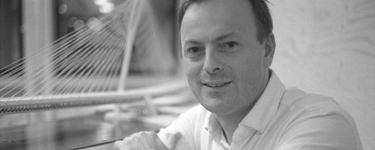
Diederik Veenendaal, NL
structural engineer
Diederik Veenendaal is a research assistant at the BLOCK Research Group at ETH Zurich, Switzerland, and structural engineer at Witteveen+Bos engineering consultants. He received his civil engineering degrees from TU Delft, graduating on the topic of form finding and evolutionary optimization of fabric formed concrete beams. Diederik started his career at Witteveen+Bos, working on groundfreezing calculations and safety analyses for the repairs of the downtown subway stations of the North/South subway line in Amsterdam and the structural design for the largest tensioned membrane roof in the Netherlands in the ice skating arena De Scheg.
Diederik began his doctoral research at ETH in 2010, comparing existing form finding methods and developing new ones for flexibly formed concrete shells and other structural systems. He is co-editor of the 2014 book 'Shells for Architecture - Form finding and structural optimization' and co-author of the 2015 book 'The Fabric Formwork Book' by Prof. Mark West
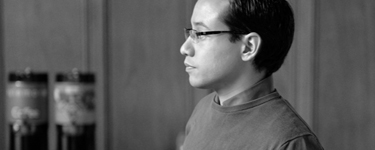
Gregor Zimmermann, DE
civil engineer
Gregor Zimmermann will appear as expert and critic on Tuesday August 28 and Wednesday August 29, he will give a presentation on Wednesday August 29, 2PM.
In 2007 Dr. Gregor Zimmerman, with his partner Thomas Teichmann, began G.tecz an interdisciplinary company composed of material specialists, structural engineers and laboratory experts working to optimize and develop structural and cement-bonded materials. Their latest research includes nano based particle packing algorithms, calculation of water film thicknesses, finite element methods and the use of SQL databases.
Gregor Zimmerman studied civil engineering in Karlsruhe, Germany, and completed his Ph.D. at the University of Kassel on the topic of membrane concrete grid shells.
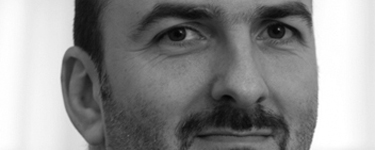
CRITICS, EXPERTS & HOSTS
Richard Bradley, IE
Technical Advisory Engineer
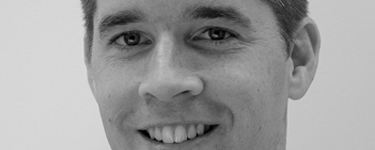
Michael Murphy, IE
Technical Officer and Building Lab Manager
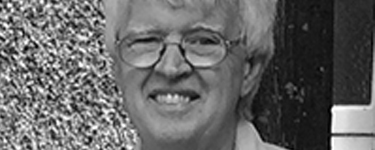
Eanna Nolan, IE
Technical Advisory Engineer
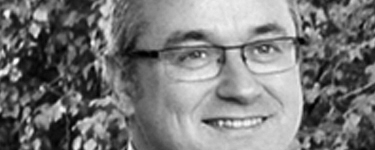
Elizabeth Shotton, IE
architect
Dr Elizabeth Shotton is currently Head of Research and Innovation in the UCD School of Architecture and teaches in construction technology and design studio, with an emphasis on sustainable building and development, at both undergraduate and graduate level. She holds undergraduate degrees in Commerce and Architecture as well as a PhD in Architecture from UCD. In addition to teaching architecture, first at the University of British Columbia before being appointed at UCD in 2003, she was active in architectural practice from 1988 to 2006 and continues to maintain her professional registration in Canada.
Elizabeth's research interests are closely linked to teaching, with a focus on the sustainable use of material resources through advances in materials, construction technologies and design processes. She is currently involved in an international research collaboration on the application of wood welding to construction products and assemblies, SECA WoodWeld, in addition to a project led by Dr Michael O'Neill, Natural Computing & Research Applications, University College Dublin, which is developing a generative software platform that accounts for material and structural issues in the early stages of the design process.
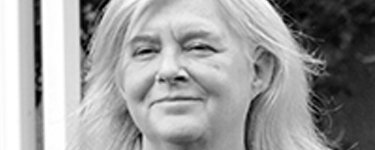
TUTORS
Gregor Zimmermann, DE
civil engineer

Siebe Bakker, NL
architect / producer
Siebe has been a driving force behind the Concrete Design Competition since its start. He has operated as international coordinator and content provider for the competition series and its master classes.
bureaubakker produces cross-disciplinary knowledge exchanges between industries, educational institutes and design practices. We are convinced that exchange and creation of knowledge forms the key factor in understanding and developing one's own expertises. These exchanges are focused on pragmatic creative processes and are based on innovative design approaches, strategic scenario techniques, cross-cultural collaborations and decision-making methods. Firmly based on an architectural and didactical background we facilitate research and development programs ranging from brainstorm sessions to international competitions. Depending on the ambitions and expertise of our clients we offer project support starting from generating concepts and formats to full project management and coordination, marketing strategies, supervision and publications.
